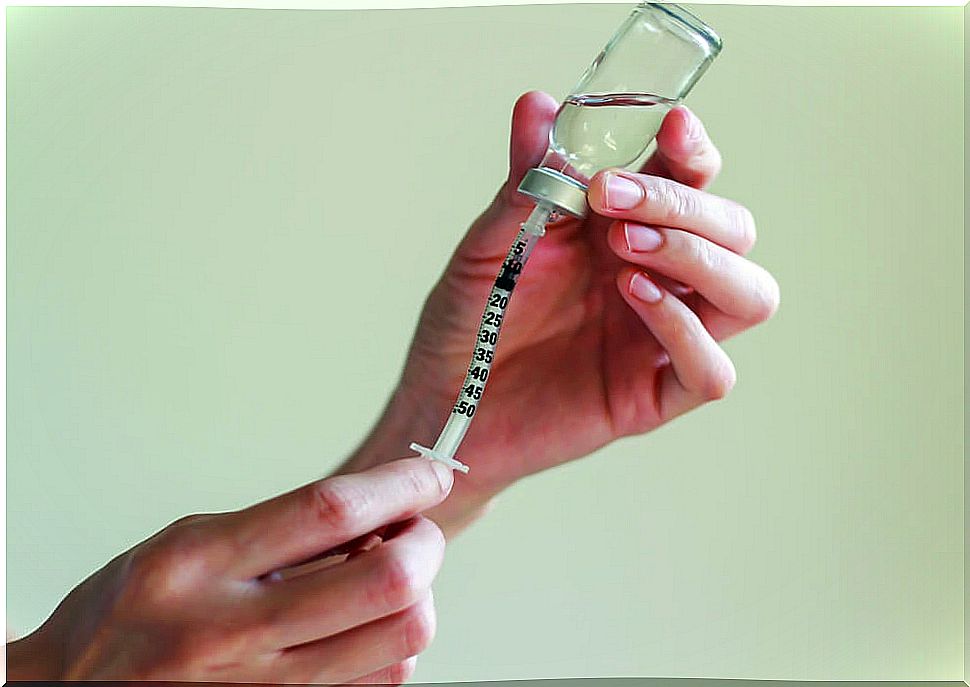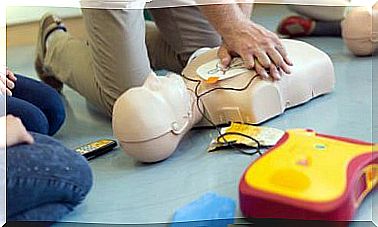What Is Neural Therapy?
Neural therapy is a technique that has only recently been on the rise. It focuses on treating diseases caused by disorders in the body’s electrical system that runs throughout the body. These electrical disturbances are known as interference fields.
Interference fields can be found in organs, lymph nodes, skin, and just about anywhere on the body. These types of disorders, for a long time, have not been taken into account by medicine or have been undervalued.
Neural therapy would help to restore the normal functioning of the nervous system, according to its principles. In this way, it tends to accelerate the recovery of numerous pathologies that, with conservative treatments, do not advance in the improvements.
To this day, this treatment still represents an open front in medicine and research. In this article we explain what neural therapy consists of and what it is mainly used for.
What is neural therapy?
The nervous system is a collection of cells that are specialized in conducting electrical signals. It is responsible for directing and controlling a large part of the functions that take place in the body. In the same way, it helps to maintain an internal body balance and with the environment.
The nervous system, like any other part of the body, is vulnerable to injury or infection. For example, it can be damaged by trauma or surgery. Typically, if it is a small injury, this system can respond well and recover.
However, when the injury is too damaging or prolonged, the nervous system can be damaged indefinitely. When this happens, a series of sensations are produced, such as pain, that do not have a visible focus to the naked eye or yield to normal treatments.
This is where neural therapy comes in seeking to restore normal function of the nervous system. That is, to help repair those injuries that occur on the driving routes. In this way, it would stop the pain for example.

How is neural therapy performed?
Neural therapy consists of injecting a local anesthetic in areas where a neural injury may exist. Typically, the anesthetics used are procaine or lidocaine. Small amounts diluted in physiological saline are injected.
In many cases there is a rapid improvement in pain. However, there are other people who react differently. For example, there are patients who feel much more energy, but others suffer heavy fatigue for days.
Ideally, the patient should be followed up later. It is usually done about a month after the injections. It may take several injections to achieve the desired effect with neural therapy.

What is it for?
Neural therapy can be useful as a treatment for numerous pathologies. Especially when it comes to cases of chronic pain or inflammation. For example, in diseases such as low back pain, cervical pain and tendonitis.
On the other hand, it can be used for more complex diseases such as fibromyalgia. It is even being used to treat Crohn’s disease and certain mood disorders that are somatized.
Neural therapy, although it seems complex, could also be used in children. This requires the parents to give their consent. It is used to treat recurring infections such as bronchitis, cystitis, and even gastroenteritis.
To keep in mind
The truth is that in order to use neural therapy, many aspects need to be taken into account. In addition, it must always be a specialist who performs it. Therefore, it is essential to inform yourself correctly and study each case well. The doctor will help decide whether or not it should be used.








